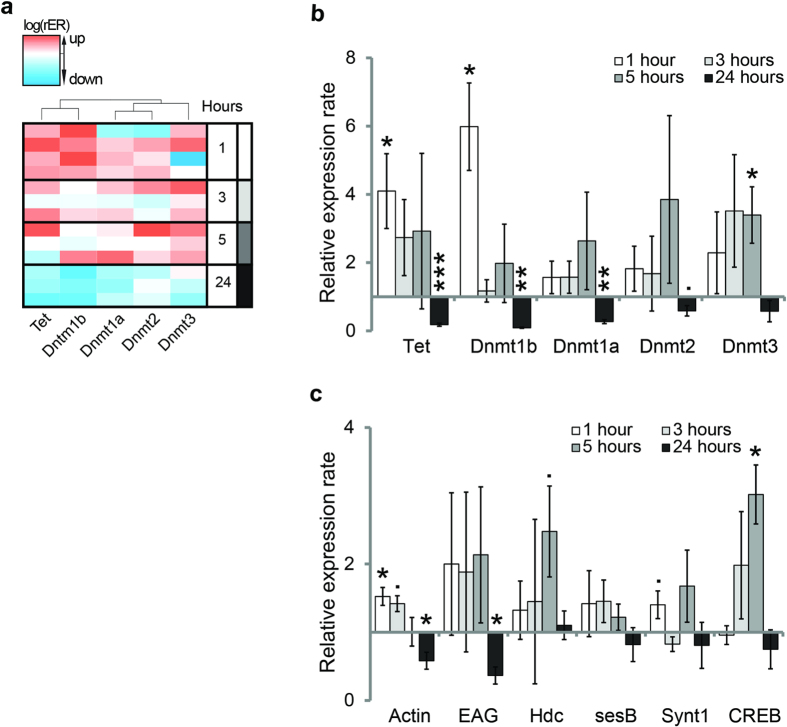Figure 3. Long-term memory formation associates with distinct methylation pattern.
(a) Overview over methylation changes and their location in target genes. Exons are displayed as black lined boxes with numbers indicating their identity (e.g. “1” – first exon in gene). Introns are indicated by black dashed lines. Neurexin1 was too long to be fully displayed and vertical black lines in introns therefore indicate breaks. Pink boxes indicate significant changes over neighbouring CpGs and pink lines in individual CpGs, whereas solid lines indicate p-values < 0.05 and dashed lines p-value < 0.1. A differential methylation event was counted as being due to learning if the learner group was different from the unpaired or the naïve group. If the unpaired group was different from the naïve group it was counted as being due to the stimuli. Brown underlining indicates the analysed regions. (b) Examples for differential methylation events: The percentage of methylated cytosines at a particular genomic location is shown. Both learning and stimulation induced changes across promoters (i.e. region immediately upstream of the first exon), exons and introns (glm, factors age, season and group: * = p < 0.05, ** = p < 0.01; complete list of p-values: Table S3). Both increases and decreases in methylation were observed. The mean (+/− SEM) is presented here. (c) CpGs were pooled and correlation of methylation patterns between groups was calculated. The correlation coefficient for each comparison is shown here. Unpaired and naïve controls correlated more with each other than with the learning group (Spearman coefficient). (d) Clustering was performed by calculating Euclidian distances as input for agglomerative hierarchical clustering using Ward’s method over all CpGs. The length of tree branches indicates the distance between neighboring groups. All replicates of the learning group clustered together and separately from the two control groups, which did not form separate clusters themselves. Therefore here learning associates with a methylation pattern, which is distinct from the methylation pattern observed in untrained bees. N = 6 for all groups. (Amplicon information and bisulfite conversion efficiency: Figure S1 and S2).

